Few muscles catch the eye like a pair of well-built calf muscles. But for many of us, no amount of calf training seems to be enough to coax even a whisper of growth in this stubborn area.
So let’s see if we can drill down to some of the fundamentals of calf muscle hypertrophy. Including, how different angles and foot positions can influence your calf raise results (1).
Calf Muscle Fun Facts and Anatomy
The two-headed gastrocnemius and soleus muscles make up a major part of the lower limb. If you’re looking to add some bulk to the lower shank, you’ll want to target both of these areas.
Merging into the Achilles tendon attached to the calcaneus, their main role is plantar flexion – Or that toes pointed action at the ankle joint.
Originating at the femur both heads of the gastrocnemius also cross the knee-joint. As a result, it can also assist with knee stability and knee flexion.

What Do The Calf Muscles Do?
Globally, they’re also responsible for many day-to-day actions we don’t often think about. Which can influence the type and amount of calf training we do.
Zooming in, they help us weight shift in standing, as well as standing itself. In motion, their predominant role is propulsion, transfer, and knee and ankle stability.
For example, they work with the quads to produce push-off, deceleration and prevent collapse during running (2). Not to mention, ankle stiffness and arch-support for more efficient ground reactions.
So, the contribution of these calf muscles to athleticism is huge. In fact, they’re the primary buffering force for everything sitting above. For this reason, developing some strength capacity through training is a good idea. In general, a variety of plantarflexion exercises will be the base of what we do.
But, what do we do if we want to make the calves bigger?
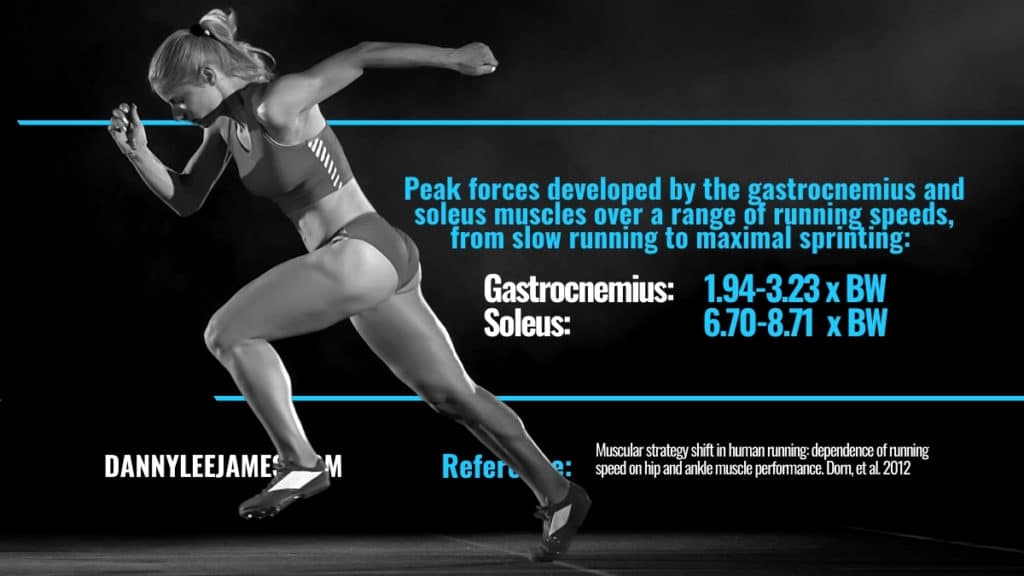
Calf Training and Hypertrophy
Exercise Variety
With the goal of hypertrophy, training, in general, becomes a little more voluminous. Muscle growth doesn’t occur to the same extent in all regions of a muscle with a given exercise (3).
So often, we need to use a variety of different exercises and positions for a muscle group to:
- Reach the needed volume landmarks of individual muscle groups to maximise muscle growth.
- Stimulate as much of the entire muscle as possible by working it from different angles.
This seems particularly important for the gastrocnemius often considered a tough muscle to grow. Luckily, there are many calf exercises available to maximise our calf training results.
Varying Joint Angles
Varying the joint angles of an exercise can be another viable option for potentiating uniform muscle gains.
Like using a flat and incline bench press to hit both the middle and clavicular fibers of the pectoralis.
You can perform calf raises standing, seated, in a leg press machine or calf raise machine of some kind. Double-legged or single for variety, or if you want to even up left-right differences.
Also worth noting: Variants that place the hips in full flexion with the knees locked may be better for muscle hypertrophy. As with the seated leg press calf raise, or the old-school donkey calf raise, to name a few.
These angles place the bi-articular gastrocnemius muscle at a longer length. This tends to lead to greater muscle growth than training at shorter lengths.
Fair warning, though: These can be very uncomfortable to do, and may also create severe DOMS and muscle damage.
Related:
- Arnold Press Muscles Worked and Comparison With the Dumbbell Shoulder Press
- Seated Arnold Press: How To Do That Weird Dumbbell Shoulder Press Exercise Variation
Standing or Seated Calf Raises
It’s also understood that performing calf raises with knees straight targets the gastrocnemius. Knees bent shifts the focus more to the deeper soleus muscle.
While the larger share of work should aim at gastroc-focused raises, a combination of both is best for more complete calf development.
These are separate muscles, though they make up the shared bulk of the lower leg. So, the question becomes: Is it possible to focus on a different region of a given muscle within the same exercise constraints?
That would depend on the particular muscle.
As far as targeting a specific part of the calf, such as the gastrocnemius medial or lateral head, it is a thing.

A Tale of Two Heads: Region-Specific Calf Training
As mentioned, the gastrocnemius muscle has a lateral and medial head. And if you’ve been training for some time, you’ve likely figured out you can target each based on foot position.
Such as toes out to build the medial head, toes in to focus on the lateral head. Generally, toes pointing forward gets a little bit of both.
Some research has demonstrated this to be the case (4,5,6) but questions remain. A more recent study explored this very thing.
The Study (Where Young Males Actually Volunteered to Train the Calves)
The aim was to compare the effect of different foot positions in the calf raise on calf muscle thickness. The different foot positions used were:
- FPO – foot pointed outward
- FPI – foot pointed inward
- FPF – foot pointed forward
For 9 weeks, 22 young men performed a 3 x weekly whole-body strength training program. The only thing different was the calf training they did.
All subjects performed calf-raise exercises on a pin-loaded seated horizontal leg press machine. But, with each subject’s leg assigned to one of the three foot position groups: FPO, FPI, or FPF.
The Calf Workout
They did 3 sets of 20-25 repetitions in weeks 1-3 and 4 sets in weeks 4-9. They also:
- Rested a few seconds between legs, and 60-90 sec after a set of both legs.
- Alternated the starting leg often.
- Performed each rep through the fullest range of motion possible with knees straight.
- Used a tempo of 2 seconds eccentric, 1-second concentric and a 1-second squeeze at the top.
- Increased load 5-10% each week depending on reps achieved.
- Performed each set at or near muscle failure.
Changes in muscle thickness were then measured by ultrasound at the end of the training plan.
Results
The study revealed different foot positions potentiated region-specific hypertrophy of the gastrocnemius muscle.
FPO position led to increases in muscle thickness of the medial gastrocnemius head. FPI led to a muscle thickness increase in the lateral head.
Muscle thickness gain percentages after the calf training:
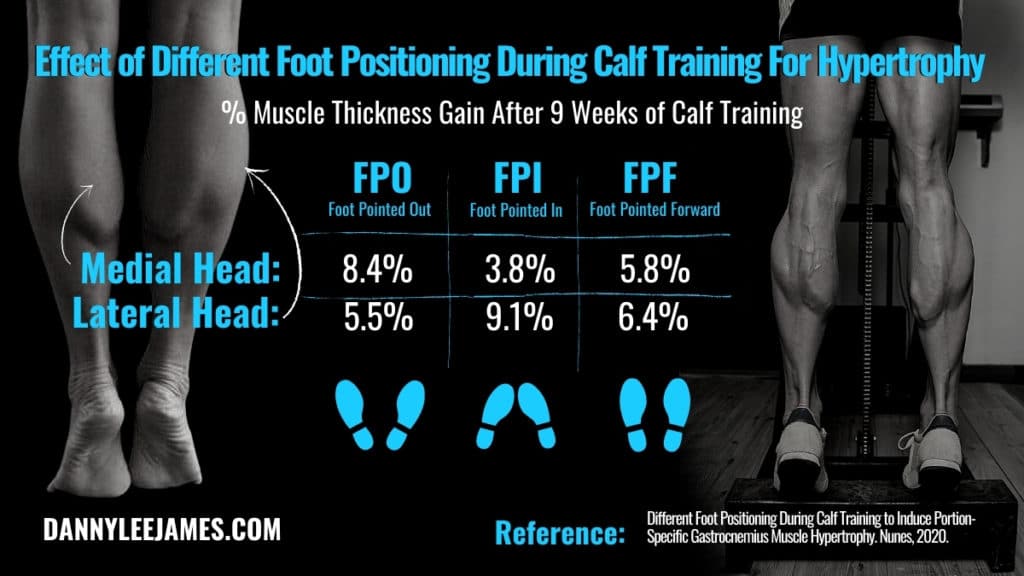
What you’ll also notice is the FPF condition had similar relative gains in both heads. And there were no major differences when compared with FPO or FPI groups.
This means we don’t exactly annihilate progress in the head opposite to the one getting worked. There’ll be some hypertrophy achieved there regardless.
Takeaway
In the end, this study showed that we can be selective with the part of the gastrocnemius muscle we’d like to grow.
A small change in foot position such as a toes-out will emphasise the medial head. A toes-in set up will target more of the lateral head. Toes pointing forward may be a better position for proportional gains in both heads at the same time.
Things To Consider
Links between muscle activation and muscle hypertrophy are by no means crystal clear. Greater muscle activation does seem to suggest a muscle is more likely to grow. But there are many deciding factors involved in actually achieving muscle hypertrophy.
Muscle activation via surface EMG doesn’t exactly tell the whole story, so we should take it with a pinch of salt.
It’s possible the ‘squeeze’ in the top position contributed a little to the findings. Voluntary muscle contractions (or squeezes) tend to increase activation in the target muscle. As does loading at longer muscle lengths, which is what happened to each head when it was the focus.
Another consideration is that the participant’s dietary intake wasn’t measured. So we don’t know how much nutrition was a factor in the increased muscle thickness.
Participants were also required to have not trained for four months before the study. So they would have been very sensitive to the training stimulus. Even with some previous lifting experience as stipulated.
Related: Returning to Training After a Break
Calf Training Tips for Muscle Growth
- Be sure to push through the middle part of the balls of your feet. Particularly for FPF when targeting both heads at the same time. As one head tires, we can have a tendency to roll the ankle to lean on inversion or eversion. Which could lead to greater muscle activation in those portions of the calf. But, this also makes it hard to standardise technique.
- For hypertrophy, always train your calves through a full range of motion. Sometimes at longer muscle lengths as well, such as with leg press calf raises or the donkey calf raise. This is likely a good stimulus for growth.
- On average, 8-16 sets spread out across the week over several sessions works well for most people. Calves can usually handle high volumes, but this is depending on how much work they get through the week.
- Calves can respond well to anywhere between 8-30 reps per set, but more so in the middle range. If you’re using those higher rep ranges, you’ll want that first set hitting failure or very close to it. Would the results of this study have been different if loads were heavier? That would have been good to see.
- The calves also seem to recovery quite fast between sets. In some cases, as little as 60 seconds will be enough to recover before going again.

Related
- Seated Leg Curl vs Lying Leg Curl For Hamstring Muscle Growth
- How Low Should You Squat? Rethinking Squat Depth Lore
- Seated Arnold Press: How To Do That Weird Dumbbell Shoulder Press Exercise Variation
- Arnold Press Muscles Worked and Comparison With the Dumbbell Shoulder Press
References
- Different Foot Positioning During Calf Training to Induce Portion-Specific Gastrocnemius Muscle Hypertrophy. Nunes, 2020
- Simultaneous Knee Extensor Muscle Action Induces an Increase in Voluntary Force Generation of Plantar Flexor Muscles. Suzuki, et al. 2017
- Nonuniform Response of Skeletal Muscle to Heavy Resistance Training: Can Bodybuilders Induce Regional Muscle Hypertrophy? Antonio, 2000
- Variation in medial and lateral gastrocnemius muscle activity with foot position. Cibulka, et al. 2017
- A Gastrocnemius muscle activation during plantar flexion with different feet positioning in physically active young men. Marcori, et al. 2017
- Does feet position alter triceps surae EMG record during heel-raise exercises in leg press machine? Pereira, et al. 2017
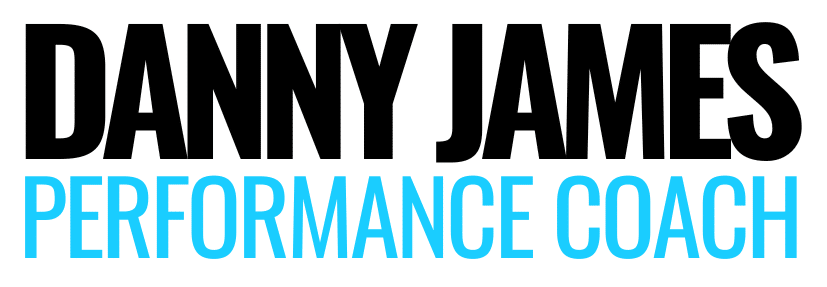
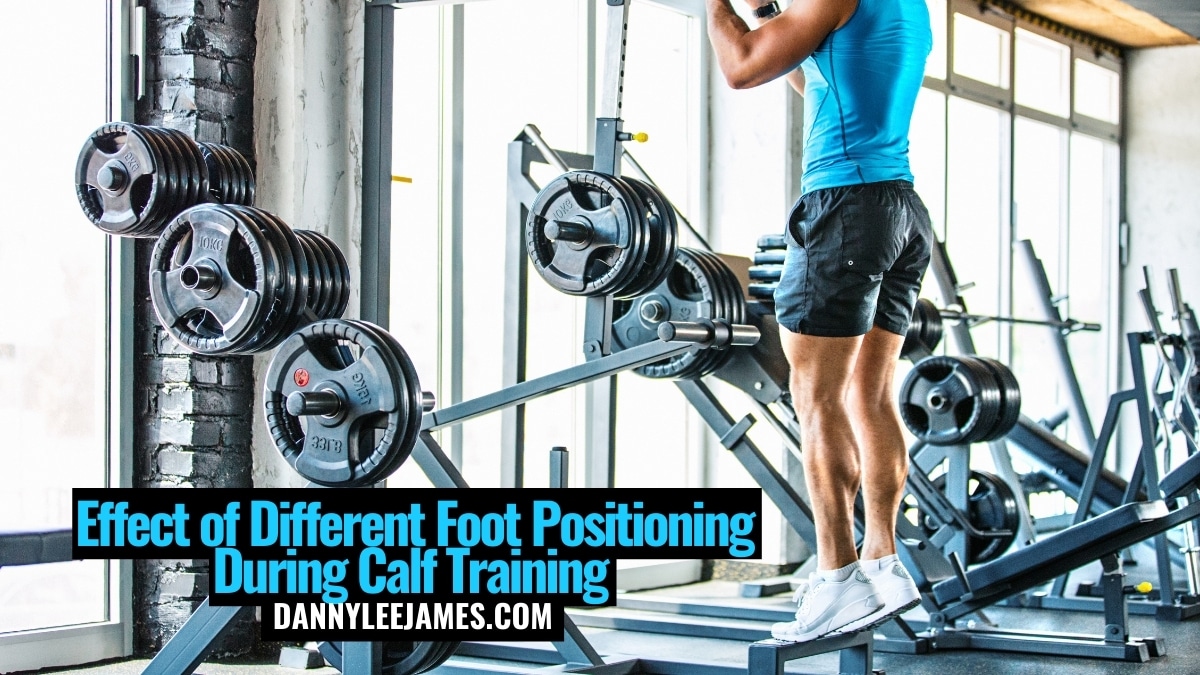
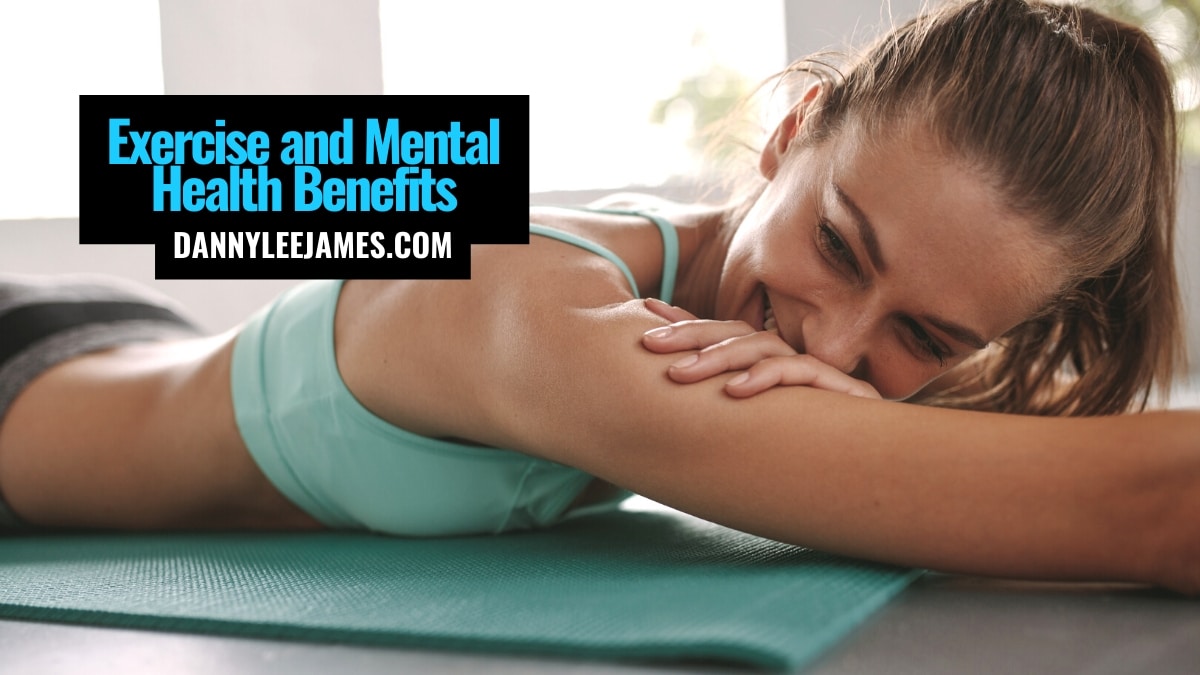
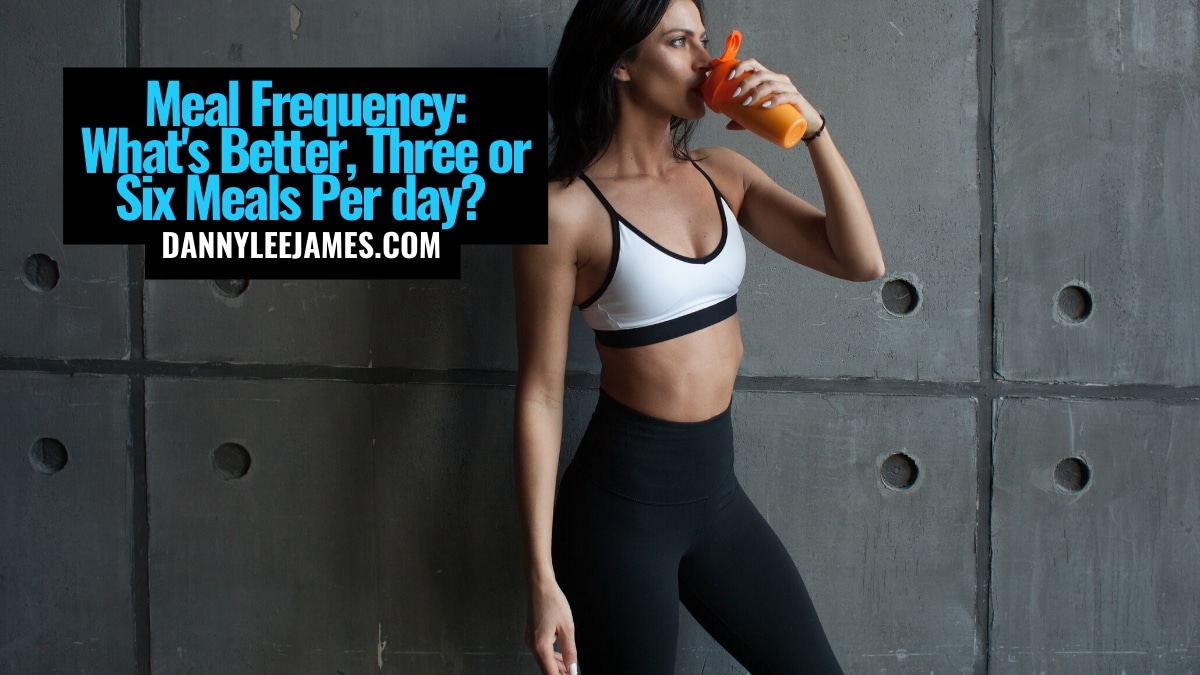
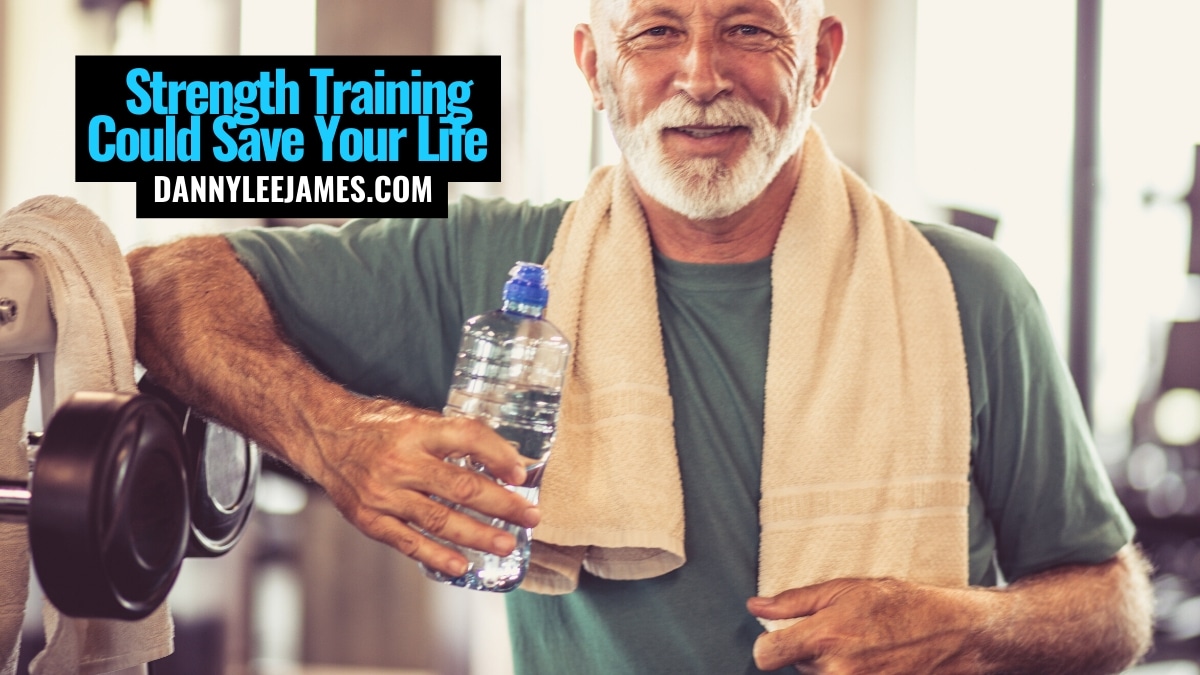
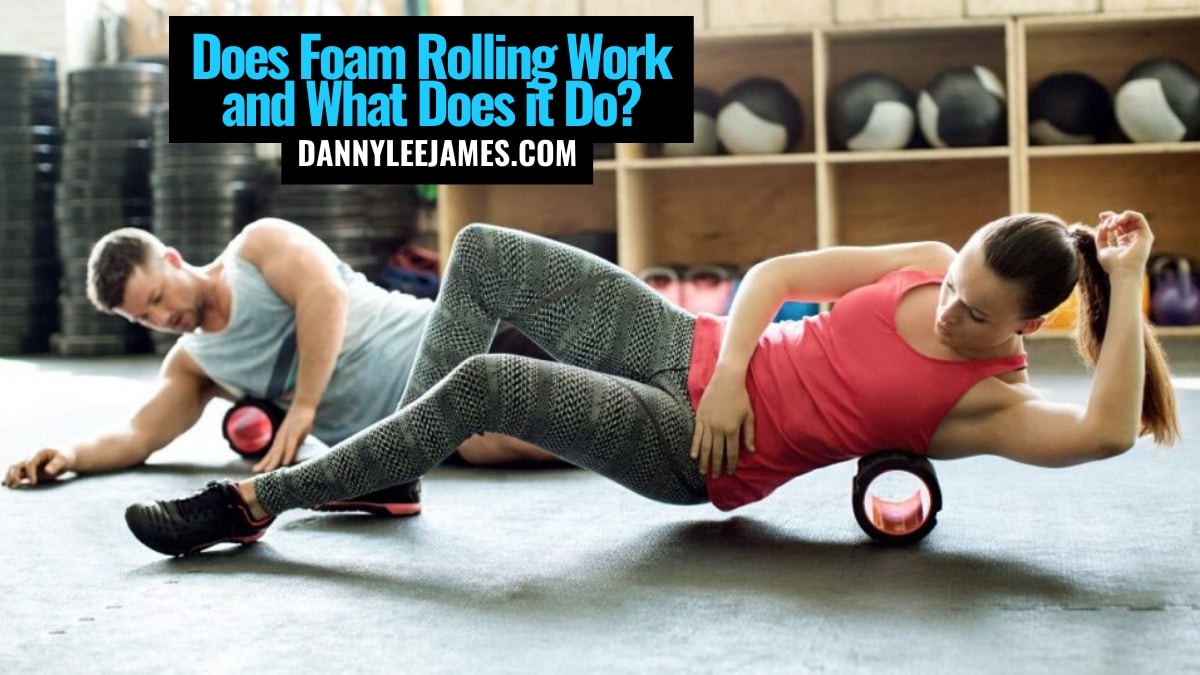
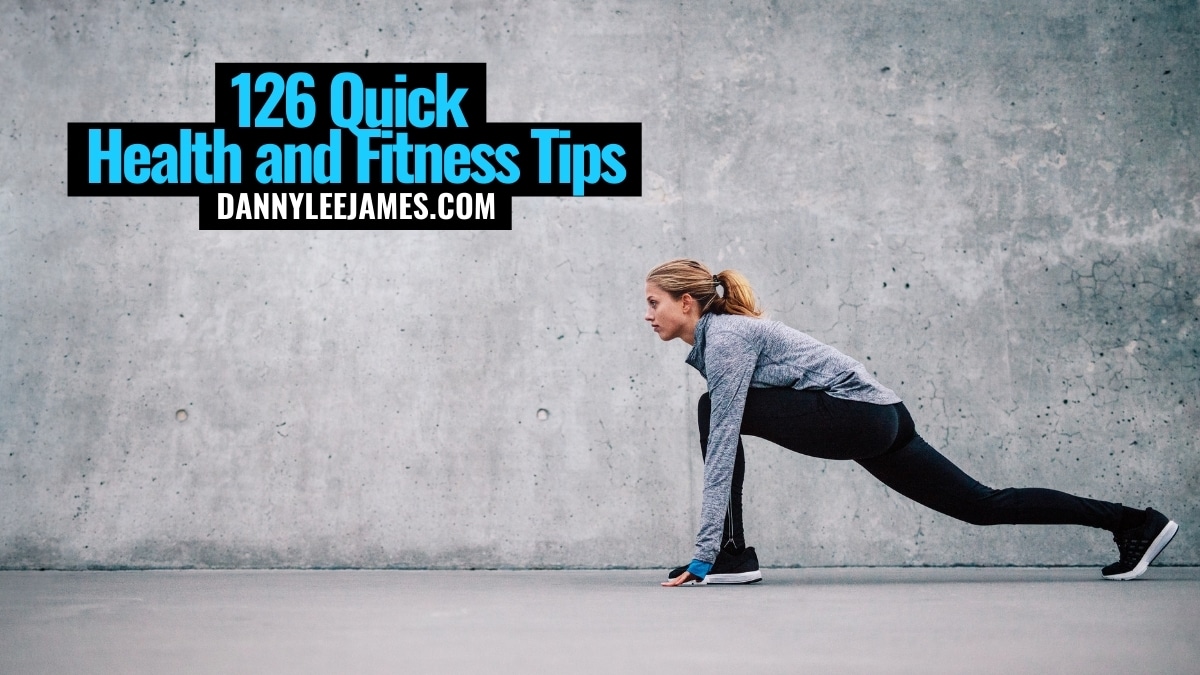

[…] reduction is the idea you can target an area of the body or specific muscles for a more pronounced fat-burning […]
[…] during rope-skipping, running and walking. Compared to running, the bounce rope-skip generated low lower extremity joint loading […]
[…] Effects of range of motion on muscle development during resistance training interventions: a systematic review. Schoenfeld and Grgic. 2020 […]
[…] symmetrical physique. The seated Arnold press can be a valuable addition to their routine for targeting different areas of the shoulder […]
[…] Some of us are not built for it. Chances are if you've always been able to deep squat, butt to calf muscles, you've chosen your parents well. To keep it, you need only groove it with constant […]